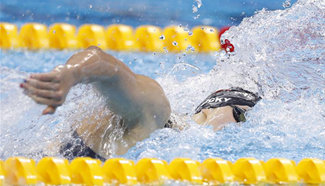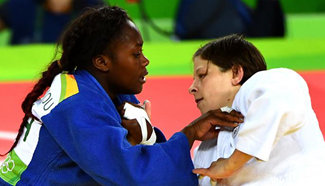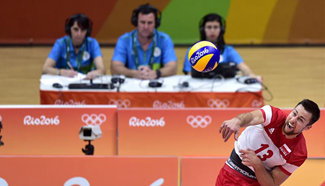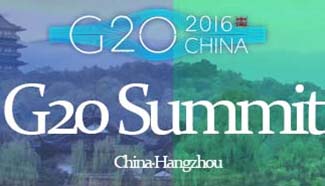by Juan Limachi
LIMA, Aug. 9 (Xinhua) -- Can you believe people who lived thousands of years ago were already practising medicine?
Researchers have uncovered 4,000-year-old slate-stone instruments similar to scalpels that are believed to have been used by ancient Peruvian healers to make surgical incisions on patients.
The finding in central Peru reveals that the local Quechua-speaking Yachaq indigenous people practised medicine, according to Antonio Robles, curator of the Municipal Museum of History in Churubamba, in the northern Andean province of Huanuco.
The "scalpels" were discovered along with the mummified remains of 16 children and adults whose bodies were laid to rest in fetal positions, ready to "be born again" in keeping with the beliefs of the region's Andean communities.
"Evidence of the practice of medicine among these people is revealed in the practice of cranial perforation and mummification, because to mummify (a body) requires knowledge of medical techniques," said Robles.
"You have to know the human body," said Robles. "It's not just about cutting the corpse of the deceased, but knowing mummification techniques and, obviously, healing techniques," he said.
The mummies were found in the community of Papahuasi, Huanuco, on the left bank of the Huallaga River, 431 km north of Lima, the capital city. There are at the site also stone mortars used to grind medicinal plants, and other medical tools.
"It is evident that the inhabitants of this area practised medicine, (it is) totally unusual, because most of the inhabitants ... were farmers, hunters, gatherers and warriors," said Robles.
"Finding a town that practised medicine is really interesting, deserving an extensive study," he added.
The first clues to the existence of the Yachaq were discovered just 14 years ago, thanks to a team led by Japanese archaeologist Yoshio Onuki.










